For Some, It Was A Short Drive

By 1899, thirty American companies were manufacturing 2,500 cars. In the following decade, another 485 companies would enter the market, but only a select few would be successful enough to last. This is a tribute to some models that made it well into the twentieth century but are no longer with us.
The Aero-Willys Lark was part of the Aero-Willys line of compact cars produced by Willys-Overland and later by Kaiser-Willys in the early 1950s. The Lark was introduced as one of the more affordable models in the Aero series, which aimed to offer modern, economical vehicles for post-war consumers. Production ended in 1953.
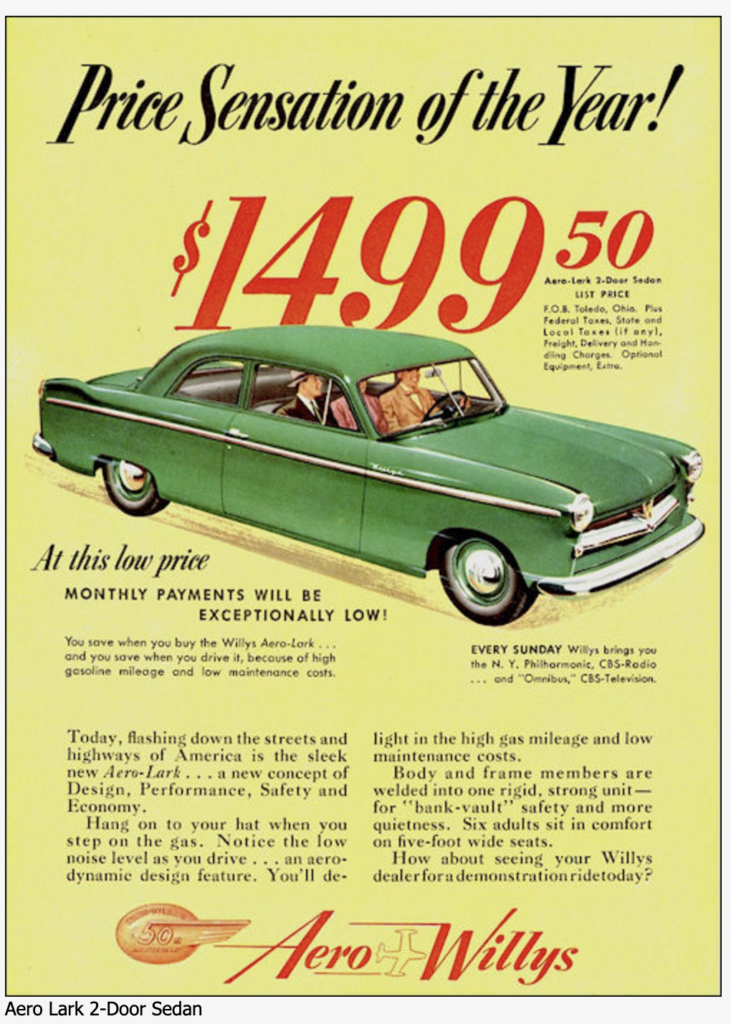
Kaiser-Frazer (1945-1955)
Automotive executive Joseph Frazer and industrialist Henry Kaiser joined as partners for this short-lived but influential automobile manufacturer. While the Big Three sold pre-war models after WWII, Kaiser-Frazer was the first group to introduce a new car. They did well until 1951 when Kaiser and Frazer split over differing opinions on how to sell their cars. Kaiser Motors would continue, though – eventually buying Willys-Overland, creators of the Jeep, and bringing the Jeep to a new audience after being purchased by the American Motors Corporation. In 1955, the Kaiser Manhatten sold new at $2,620.
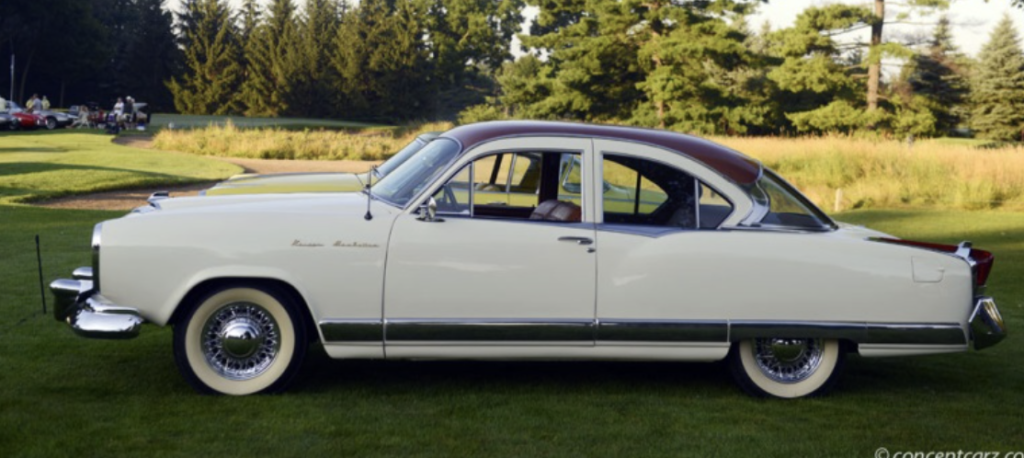
Nash-Kelvinator Merger: In 1954, Hudson merged with Nash-Kelvinator Corporation to form American Motors Corporation (AMC). The merger attempted to compete with the “Big Three” automakers (General Motors, Ford, and Chrysler). End of Hudson: The last Hudson rolled off the assembly line in 1957, and the Hudson brand name was discontinued. The price of a Hudson in 1957 was $3,099

The Nash Ambassador was a flagship automobile model produced by the Nash Motors Company and later by American Motors Corporation (AMC) after Nash merged with Hudson in 1954. The Ambassador nameplate was used from 1927 until 1957, making it one of the longest-running American car names at the time. In 1957, it sold for $2.670. That thing on the rear of the car is called a “Continental Kit”.
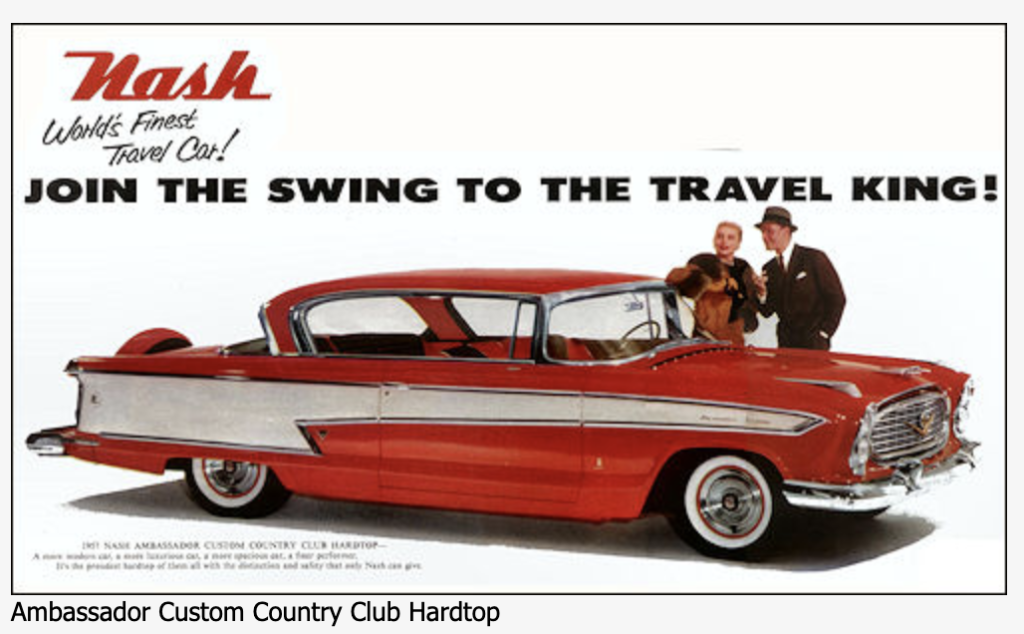
Packard (1899-1958)
Packard was conceived as a luxury model – it cost over 4 times as much as a comparative Oldsmobile. This luxury image would prove vital to sustaining the brand, even through the Great Depression. Only when they began introducing mid-priced vehicles did they run into problems – they simply were unable to compete with the “Big Three” in a mid-priced market. Price wars among the big auto corporations and a dangerous merger with Studebaker drove the independent manufacturer into the ground. New, it sold for $3,050, fins included!

Edsel (1957-1959)
Ford promoted the Edsel as the perfect car, created after endless hours of market research – a “YOU car” that all Americans would love and want. Unfortunately, when the car was unveiled on “E Day,” September 4, 1957, it was met with a lukewarm welcome. Everything from its name to its design and performance was found to be tacky and unattractive. Worse – it wound up being priced as a luxury car despite attempts to compete in the mid-priced market. In 2017 dollars, Ford lost $2.9 billion on the Edsel adventure. It sold new for $3.073
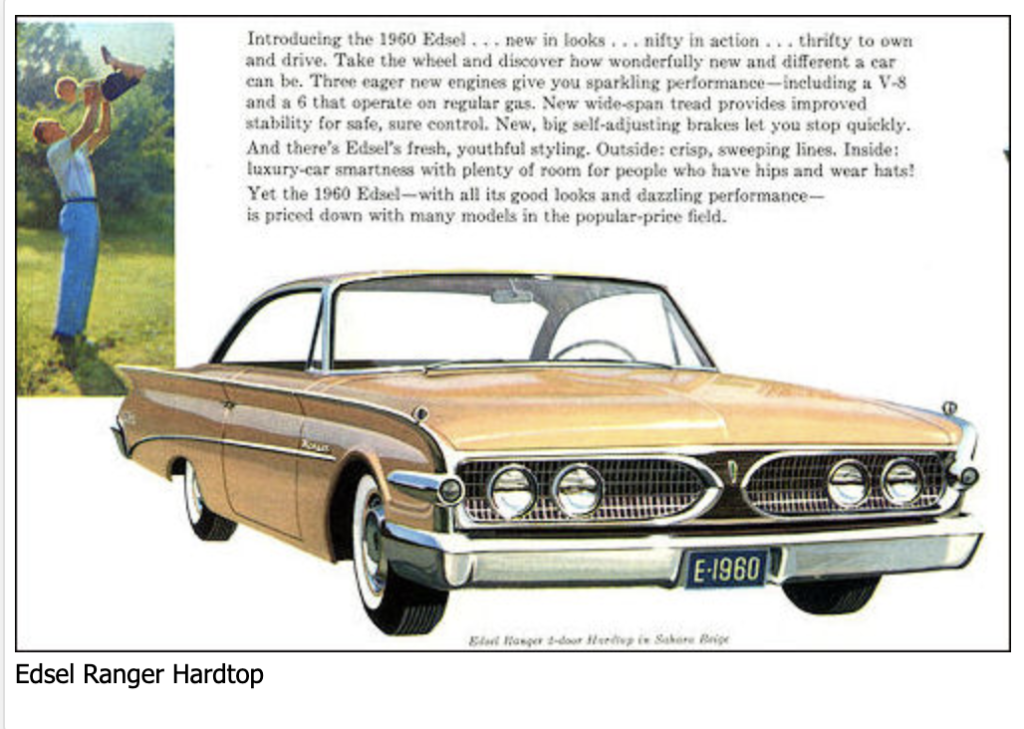
DeSoto (1928-1961)
Chrysler created DeSoto as a mid-priced model but was doomed to failure almost immediately. Chrysler’s purchase of Dodge happened not long after DeSoto’s founding, and DeSoto found itself competing with its sister in the mid-priced market. To boost Dodge sales, Chrysler attempted to remake DeSoto as an upper-mid-priced car in 1933. Repeated mismanagement by Chrysler and the 1958 recession would eventually put DeSoto to bed. You could have owned this Adventurer model new for $3673.

The Ford Falcon Futura played a significant role in Ford’s success during the 1960s and helped establish the company as a leader in the compact car market. The Futura’s sporty and stylish image also contributed to the growing trend of compact performance cars. It sold for $2,176. Production ceased in 1964.
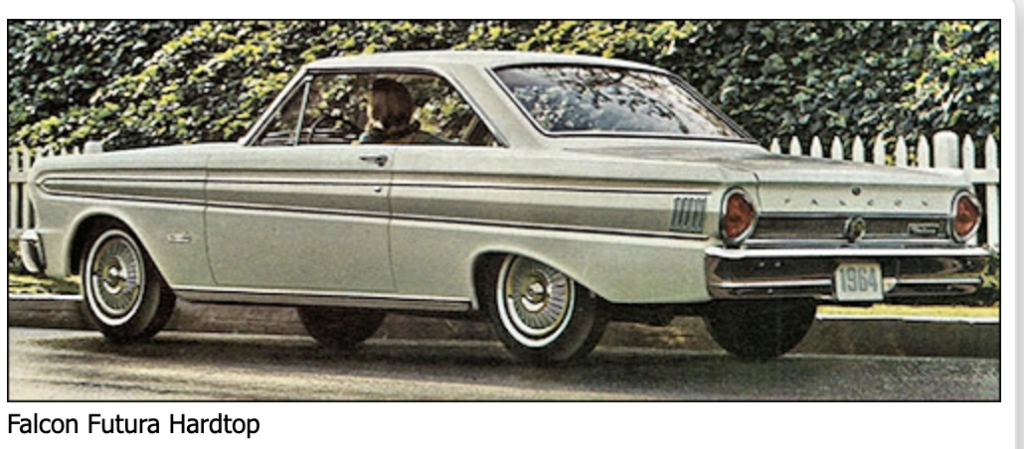
Studebaker (1852-1966)
A family of German descent, the Studebakers were originally blacksmiths who started a carriage and wagon business. They marketed their first automobile in 1912 and built a reputation for providing a reliable, quality product. Despite managerial trouble, they survived the Great Depression and produced innovative car designs throughout the 1940s that would influence other producers for decades. Price wars between GM and Ford nearly destroyed Studebaker in 1953. In a disastrous merger, they managed to prolong their life by 13 years at Packard’s expense. In 1966, the Studebaker Commander sold for $2,319. Kid and dog, sold separately.

Seat belts in cars became mandatory in 1968. It would be another twenty years before shoulder harnesses were also required.
AMC Rambler: By the late 1960s, AMC began to phase out the Rambler name in favor of the AMC brand. The last car to bear the Rambler name was the 1969 Rambler American, after which AMC models like the AMC Hornet and AMC Gremlin continued the company’s tradition of compact and economical cars. The car sold for as low as $1,795 in its final year.
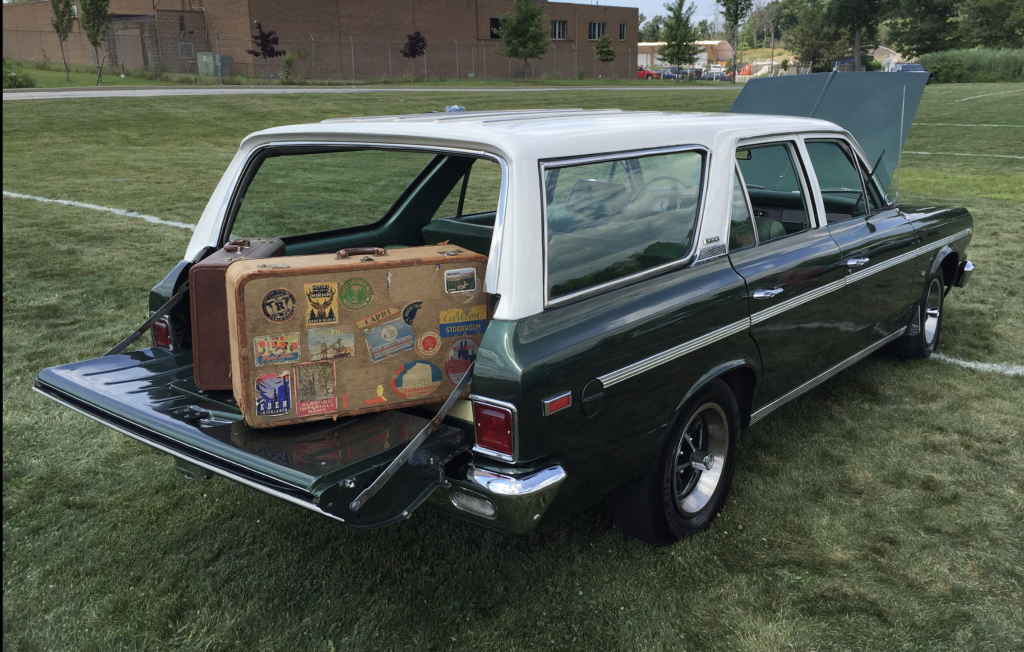
American Motors Corporation (AMC) (1954-1988)
AMC was founded due to a merger between Hudson Motor Company and Nash-Kelvinator Corporation. It was the largest corporate merger in U.S. history at the time. In the late 1950s, they began focusing on compact, fuel-efficient cars—a bold and unique decision that would pay dividends in the 1960s. AMC’s Jeeps kept the company afloat through the 1970s as the rest of its line aged ungracefully. Chrysler eventually picked up the pieces in the 1980s to grab the profitable Jeep line. The final AMC car off the assembly line was an AMC Eagle, which sold for $14,504.
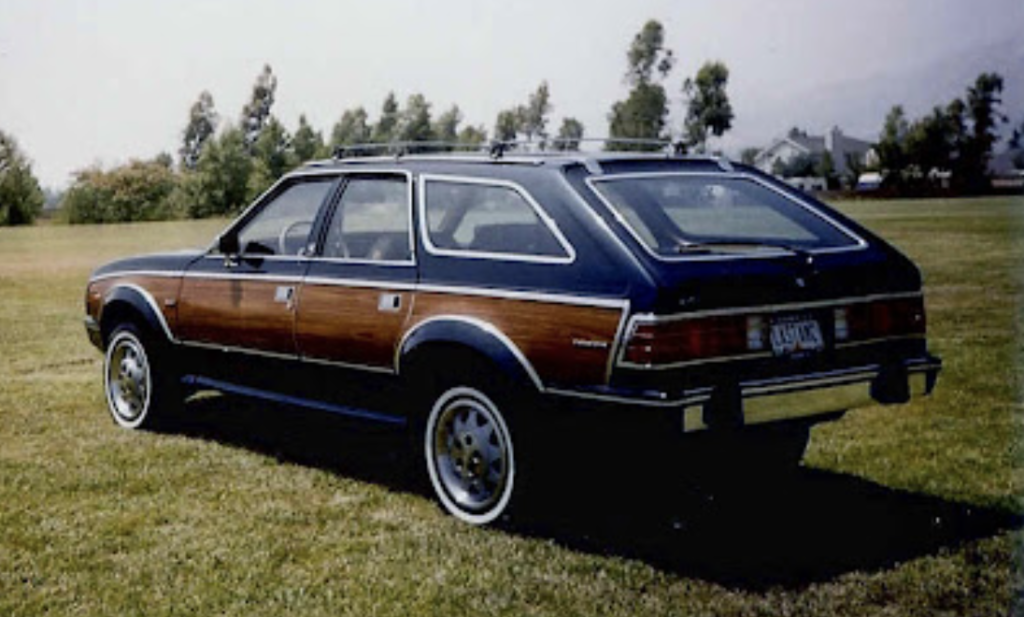
Plymouth (1928-2001)
Chrysler introduced Plymouth as a low-cost alternative to its other cars. Its high-flying and futuristic design kept the brand strong in the 1950s and 60s, but “badge-engineering,” or slapping the Plymouth label on other Chrysler products, destroyed this identity in the 1990s. The Chrysler Prowler and PT Cruiser were planned as Plymouths – a way to recapture an old, original spirit – but Plymouth was shuttered before their release. The Neon model (below) sold for $14,275.
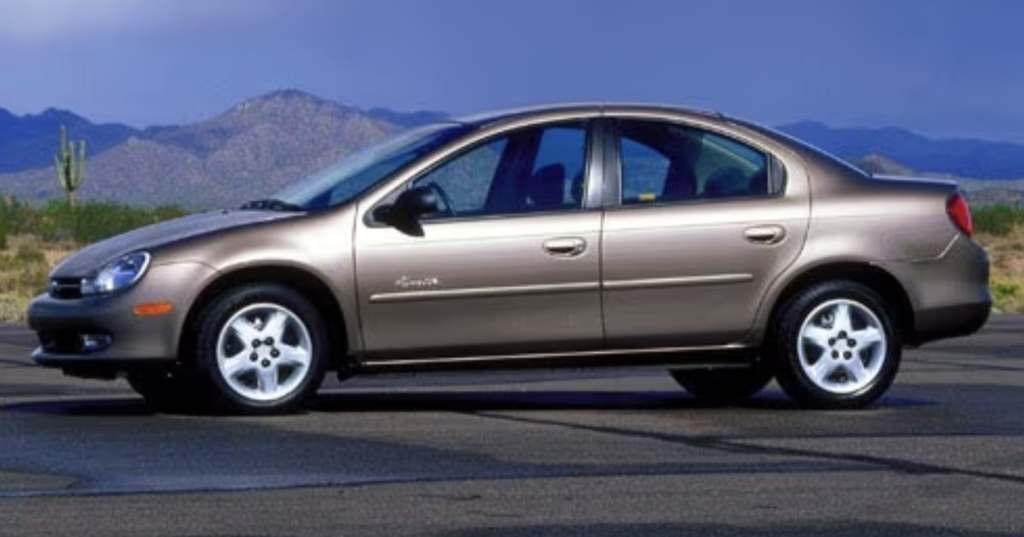
Oldsmobile (1897-2004)
Originally independent, Oldsmobile was purchased by GM in 1908. Its “Rocket V8” engine and reputation for speed made it a famously powerful and adventurous brand throughout the 1950s, 60s, and 70s. By the 1990s, Oldsmobile had fallen behind, and its performance image was fading—rebadging slowly toppled the giant. They sold Alero for $21,275.
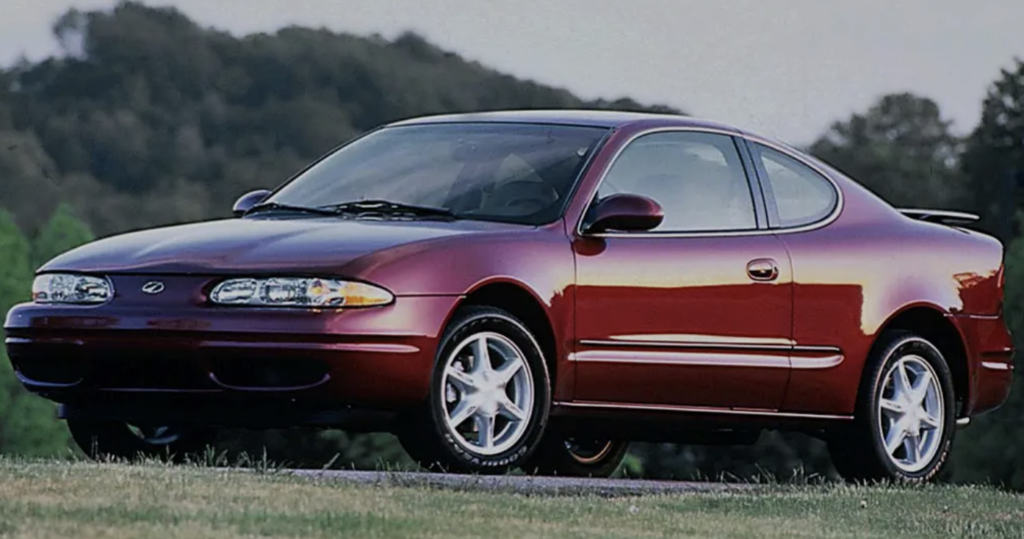
Pontiac (1926-2010)
Like many brand names on this list, Pontiac was introduced as a cheaper alternative to a more expensive luxury car. Pioneering leadership in the late 1950s, among them John DeLorean, made the Pontiac into a fast-racing, exciting, muscle and road car. Fuel shortages and safety concerns curbed this image in the 1970s and 80s, resulting in a slow decline until GM’s 2008 Chapter 11 reorganization. The G6 sold for $21,275.
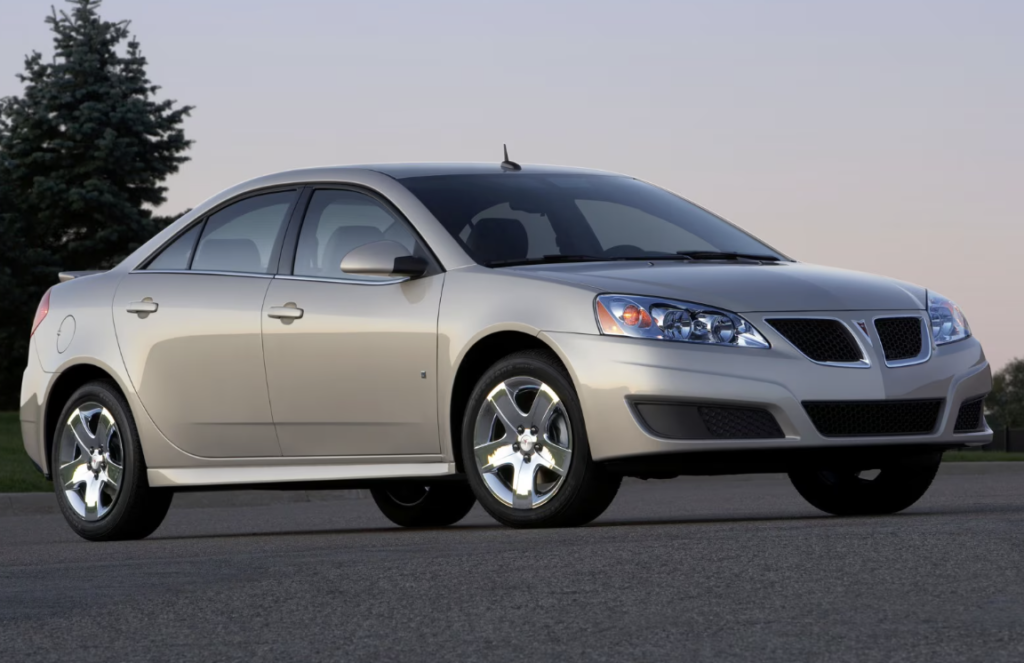
Saturn (1985-2010)
When Saturn was founded in Spring Hill, Tennessee, it was called “a new kind of car company.” It was a private, employee-owned company operated separately from GM and enjoyed much more freedom than GM’s other divisions. Its cars sold well, but not well enough. Other divisions were also resentful of Saturn’s unique status. In 2004, the unique arrangement Saturn had enjoyed was dissolved. This was probably the end for them – in 2010, as GM was closing divisions left and right, Saturn found itself on the cutting room floor. The Aura model shown below sold for $23,580.
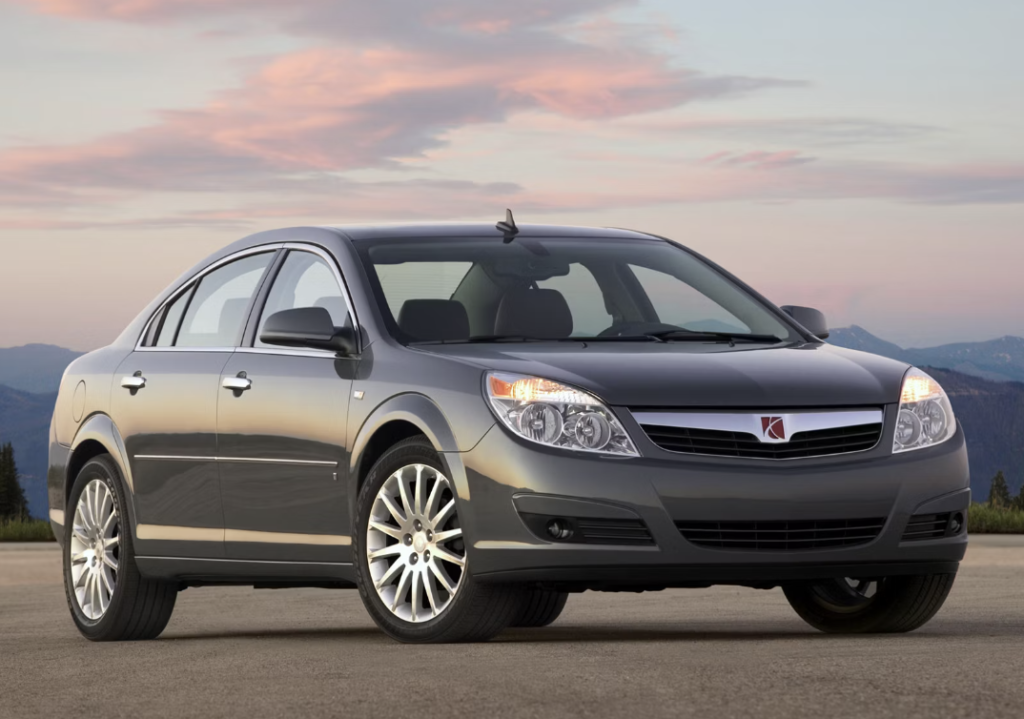
Mercury (1938-2011)
At its introduction, the Mercury was a mid-priced car designed to be an affordable middle ground between the cheaper Ford models and the luxury Lincoln line. As sales slumped in the mid-1940s, Lincoln and Mercury merged. The faithful Marquis and Grand Marquis models were exceptionally popular from the 1960s to the 2000s, but Mercury’s aging and narrowing demographic eventually led to its demise. The Milan model shown below sold for $21,180.


Welcome to 3-Minutes A Day University, where you can learn a little about a lot of things every day in three minutes or less. We help you expand your knowledge and understanding of the real world, and 3-MAD University is tuition-free. Our wide-ranging syllabus includes a fascinating insight into topics including Health and Medicine, Science, Sports, Geography, History, Culinary Arts, Finance and the Economy, Music and Entertainment, and dozens more. You will impress yourself, your friends, and your family with how easy it is to learn facts and perspectives about the world around you. One topic you will never find covered is politics. We hope you enjoyed the previous three minutes. If you liked this post, please pass it along to a friend.
Was this email forwarded to you? Subscribe Here.
© Copyright 2024. 3-Minutes A Day University All Rights Reserved. Unsubscribe


RICK
I LOVE THIS ONE! BRINGS BACK SO MANY GOOD MEMORIES! THANK YOU!